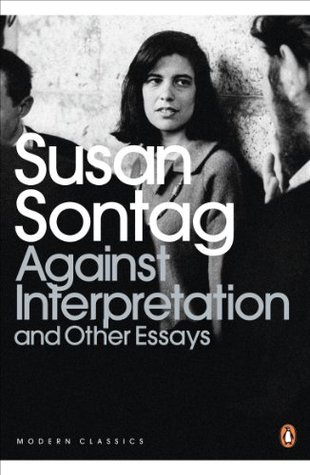More on this book
Community
Kindle Notes & Highlights
To avoid interpretation, art may become parody. Or it may become abstract. Or it may become (“merely”) decorative. Or it may become non-art. The flight from interpretation seems particularly a feature of modern painting. Abstract painting is the attempt to have, in the ordinary sense, no content; since there is no content, there can be no interpretation.
Leiris must feel, as he writes, the equivalent of the bullfighter’s knowledge that he risks being gored. Only then is writing worthwhile. But how can the writer achieve this invigorating sense of mortal danger? Leiris’ answer is: through self-exposure, through not defending himself; not through fabricating works of art, objectifications of himself, but through laying himself—his own person—on the line of fire. But we, the readers, the spectators of this bloody act, know that when it is performed well (think of how the bullfight is discussed as a preeminently aesthetic, ceremonial act) it
...more
The metaphor of the work of art as a representation of reality should be retired for a while; it has done good service throughout the history of the analysis of works of art, but now it can scarcely fail to skit the important issues.
Ultimately, the greatest source of emotional power in art lies not in any particular subject-matter, however passionate, however universal. It lies in form. The detachment and retarding of the emotions, through the consciousness of form, makes them far stronger and more intense in the end.
Ours is indeed an age of extremity. For we live under continual threat of two equally fearful, but seemingly opposed, destinies: unremitting banality and inconceivable terror. It is fantasy, served out in large rations by the popular arts, which allows most people to cope with these twin specters.
Ordinarily we value a work of art because of the seriousness and dignity of what it achieves. We value it because it succeeds—in being what it is and, presumably, in fulfilling the intention that lies behind it.


